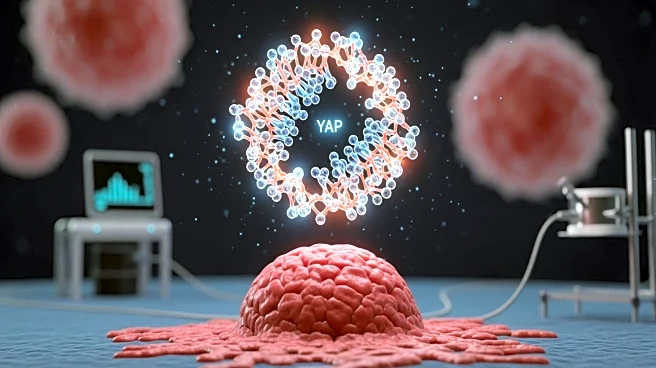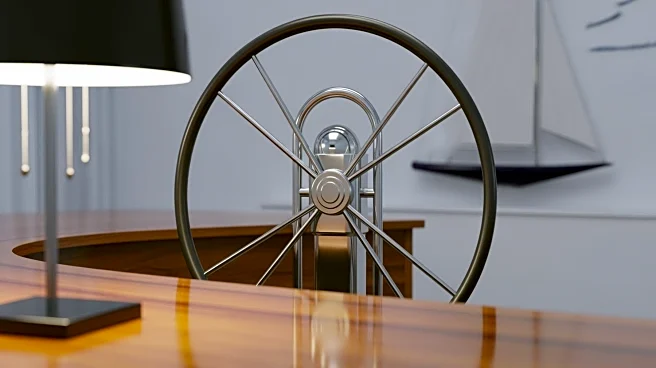What's Happening?
MIT researchers have introduced BoltzGen, an open-source AI model that advances therapeutic design across various modalities. Led by PhD student Hannes Stärk, the model extends beyond structure prediction
to enable the design of therapeutics such as nanobodies and mini-binders. BoltzGen is validated through collaborations with 26 academic and industry partners, showing promising results in areas like cancer therapy and antimicrobial action. The model is available under the MIT license, allowing commercial use with proprietary data.
Why It's Important?
BoltzGen represents a significant leap in drug discovery, potentially transforming the pharmaceutical industry by expanding the range of druggable targets. This model could reduce the time and cost associated with drug development, offering new solutions for previously undruggable targets. The ability to design therapeutics in various formats could lead to breakthroughs in treating complex diseases, benefiting both researchers and patients. The model's open-source nature democratizes access, fostering innovation across the industry.
What's Next?
The ongoing validation of BoltzGen's designs in wet labs will determine its practical applications in real-world scenarios. As the model gains traction, it may influence regulatory frameworks and industry standards for AI-driven drug design. Future updates could further enhance its capabilities, potentially leading to new collaborations and commercial opportunities. The model's success could inspire similar initiatives, accelerating the integration of AI in drug discovery.











